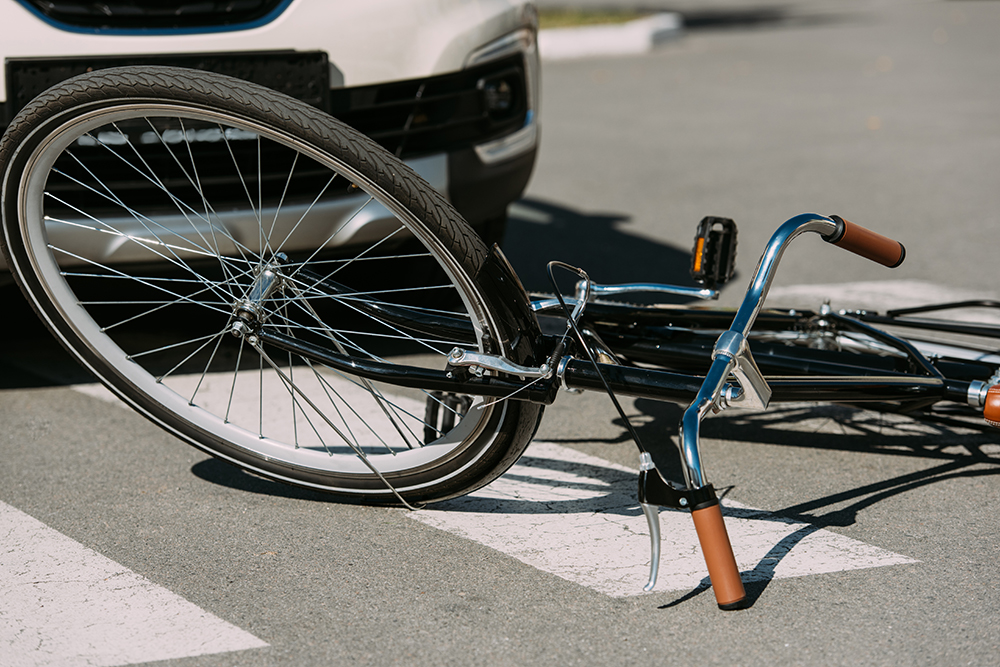When it comes to bicycle accidents, proving liability can be a complex process. Whether you’re a cyclist who has been injured or a loved one seeking justice for a tragic accident, understanding how liability is established is crucial. As bicycle accident attorneys will tell you, there are a few things to keep in mind to get started with a legal claim:
Establishing Negligence
One of the primary elements in proving liability in bike accident cases is establishing negligence. Negligence occurs when someone fails to exercise reasonable care, resulting in harm to another person. In the context of bicycle accidents, negligence can take various forms, such as:
- Driver Negligence: This includes actions like distracted driving, speeding, running red lights, or failing to yield to cyclists at intersections.
- Road Hazards: Poor road conditions, such as potholes, debris, or inadequate signage, can contribute to bike accidents. Property owners or government entities responsible for maintaining roadways may be liable for accidents caused by these hazards.
- Manufacturer Defects: In some cases, bike accidents may be caused by defects in the bicycle itself or its components. Manufacturers or distributors may be held liable for accidents resulting from defective products.
To successfully prove liability in a bike accident claim, thorough evidence collection is essential. This may include:
- Accident Scene Investigation: Gathering evidence from the scene of the accident, such as skid marks, vehicle damage, and road conditions, can provide valuable insights into what happened. Photos and videos can be very helpful here. If you are able, take out your phone and snap a few pictures of your injuries, your bicycle, and the vehicle that struck you. If you notice others around the scene doing the same, ask for their contact information to get that media from them for your case.
- Eyewitness Testimony: Statements from witnesses who saw the accident occur can help corroborate your version of events and establish liability. Again, if you are able, try to collect contact information of anyone that is a bystander during the accident as their testimony can help your case even if it does not go to trial — your insurance company will want proof that you are not at fault to cover you.
- Police Reports: Official accident reports filed by law enforcement officers can document key details about the incident, including any citations issued to the parties involved.
- Medical Records: Medical documentation of your injuries, treatment received, and prognosis can link your injuries to the bike accident and demonstrate the extent of your damages.
- Expert Witnesses: In complex cases, expert testimony from accident reconstruction specialists, engineers, or medical professionals may be necessary to establish liability.
Legal Representation
Navigating the legal process following a bike accident can be challenging, especially when dealing with insurance companies and legal proceedings. As our friends at Council & Associates, LLC will tell you, proving liability in bike accident claims requires a thorough understanding of negligence laws, diligent evidence collection, and effective legal representation. If you’ve been injured in a bicycle accident, don’t hesitate to reach out to a lawyer near you for legal representation on your case.

